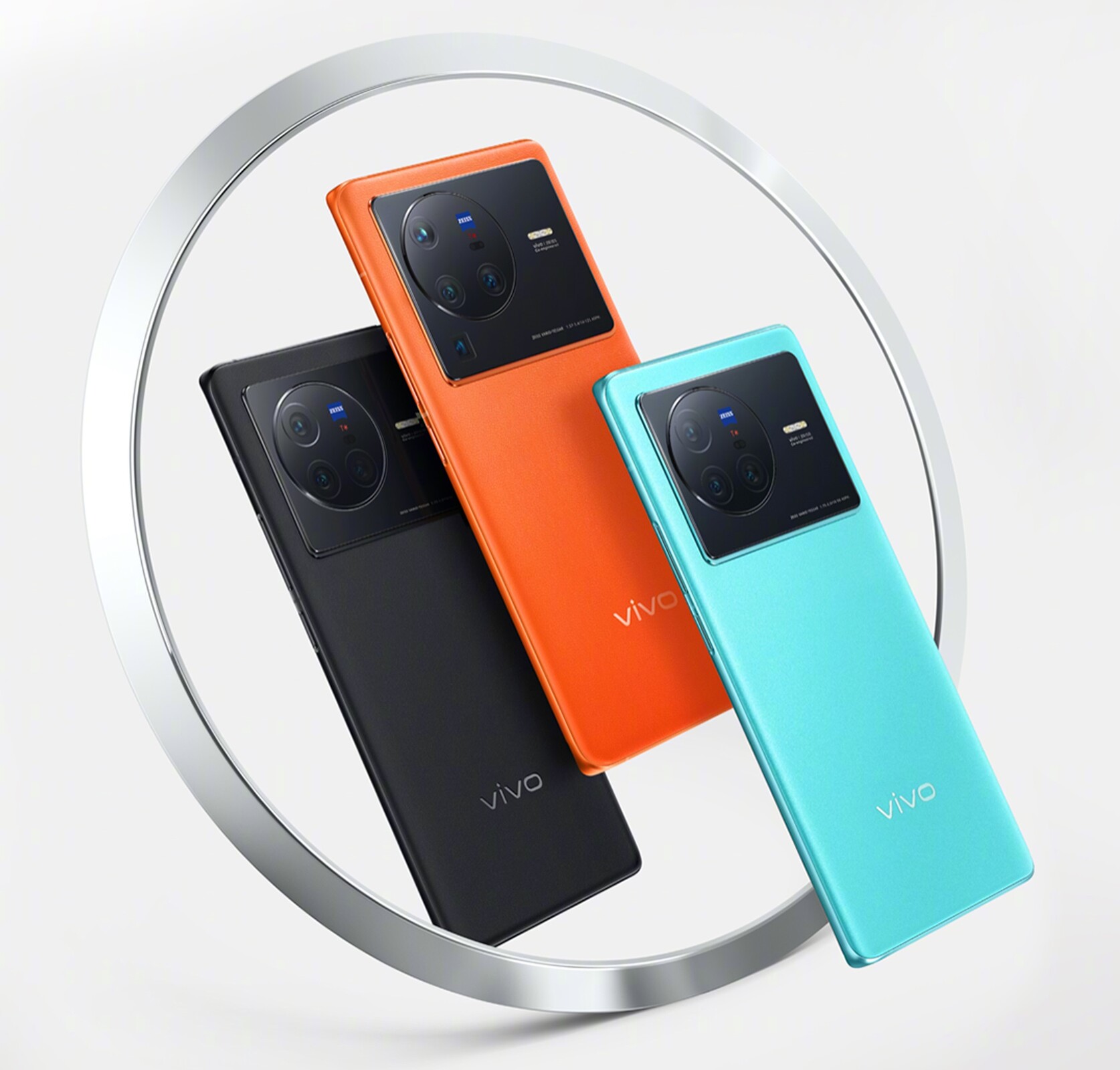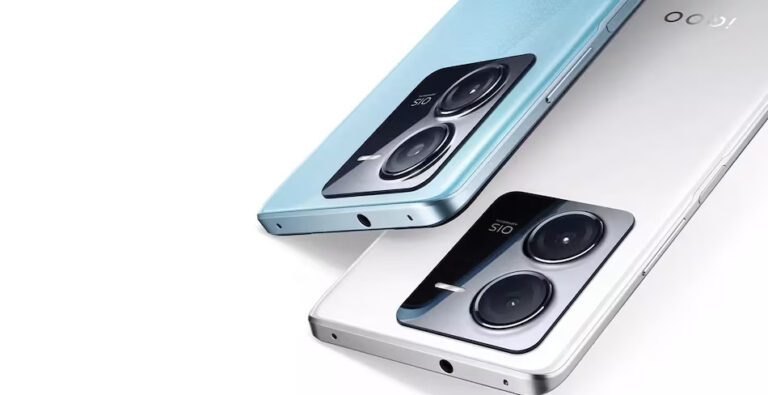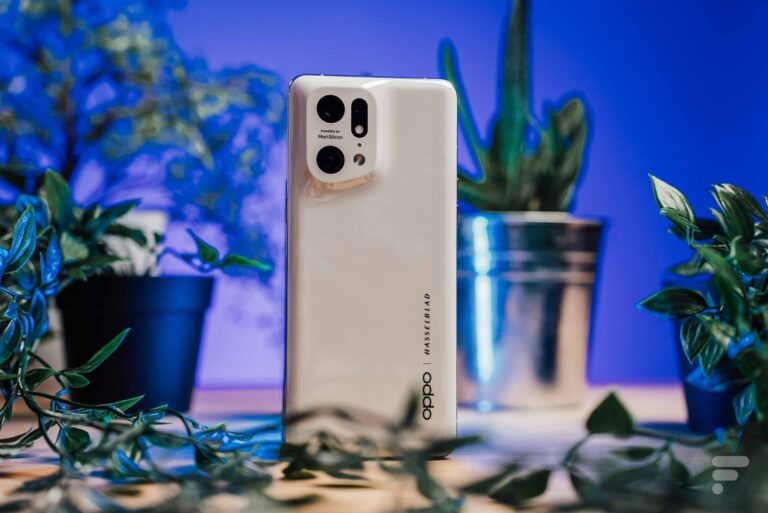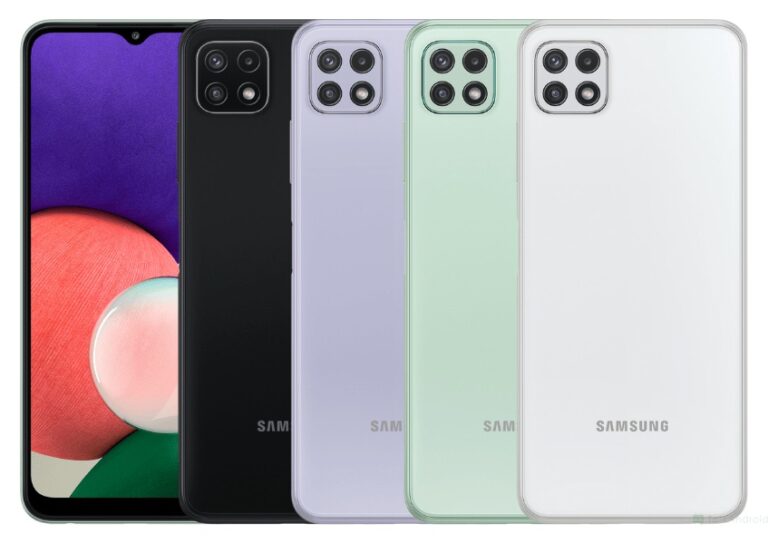
The Vivo X80 aims to offer a similar flagship experience as the X80 Pro, while costing a lot less.

The X80 and the X80 Pro (Review) are the latest additions to Vivo’s camera-centric flagship X series. We have already reviewed the Vivo X80 Pro and today, we’ll be focusing on the X80. It’s important to understand that Vivo has made some changes to its naming convention for its latest X series. The X80 actually replaces the X70 Pro from last year and not the X70, in the same way the new X80 Pro replaced the X70 Pro+.
The Vivo X80 packs promising hardware such as the MediaTek Dimensity 9000 SoC, a triple camera setup in partnership with Zeiss, and a decently large battery with support for 80W fast charging. Does the Vivo X80 justify the premium it commands? I put it to the test to find out.
Vivo X80 price in India
The Vivo X80 starts at Rs. 54,999 for the base variant with 8GB of RAM and 128GB of storage, which is the one I received for this review. The other variant is priced at Rs 59,999 and comes with 12GB of RAM and 256GB of storage. Vivo offers this smartphone in two colours, Cosmic Black, and Urban Blue.
Vivo X80 design
The Vivo X80 is well-designed and features all the elements you would expect from a flagship smartphone. It has a big display with curved edges on either side that is sure to grab anyones attention. It reminded me of older Samsung flagship smartphones that had similarly designed displays. The frame of the X80 is made out of metal which gives it a premium look and feel. It has the power and volume buttons on the right, that are also made of metal. These buttons provide a solid feel and clicky feedback when pressed.

Vivo has flattened the frame on the top and at the bottom. The Vivo X80 has the SIM tray slot, USB Type-C port, primary microphone, and the loudspeaker at the bottom. The top has the infrared emitter, a secondary microphone and an inscription which says “Professional Photography”, as a sign of their confidence in the phone’s’s camera system.
The camera module at the back is huge and occupies over one-third of the rear panel. It also protrudes slightly but since it covers nearly the entire width of the phone, it doesn’t cause the phone to rock about when placed on a flat surface. This module has three camera sensors, laser autofocus hardware, and a dual-LED flash.
The back panel of the X80 is made from glass and Vivo has given it a matte finish on the Urban Blue variant. This finish helps the phone resist fingerprints easily. This colour is unique and striking to look at and it helps the phone stand out from the competition. If you don’t prefer bold colours, there’s a Cosmic Black option for you. Vivo also bundles a case in the box which has a faux-leather finish.
The Vivo X80 is a big smartphone and tips the scale at 206g. This weight is noticeable when using the phone single handedly. Thankfully, the weight is well-balanced so it’s doesn’t cause a lot of fatigue.
Vivo X80 specifications and software
The Vivo X80 features a 6.78-inch AMOLED display with a full-HD+ resolution. It has a 120Hz refresh rate and a 240Hz touch sampling rate. The display uses Schott’s Xensation Up glass for scratch protection and houses an in-display fingerprint scanner.
The Vivo X80 is the first smartphone in India to feature the MediaTek Dimensity 9000 SoC. This 4nm SoC has an octa-core design with a single ARM Cortex-X2 core clocked at 3.2GHz, three Cortex-A710 performance cores clocked at 2.85GHz, and four Cortex-A510 efficiency cores clocked at 1.8GHz. The X80 also features Vivo’s V1+ imaging chip. Vivo says it has added a large vapour cooling chamber to help keep temperatures in check. Both the variants allow you to use up to 4GB of storage as virtual RAM.
The Vivo X80 houses a 4,500mAh battery and has support for 80W fast charging. Vivo also bundles the charger in the box. The X80 has support for Bluetooth 5.3, Wi-Fi 6, nine 5G bands, dual-4G VoLTE, and NFC. It has support for six satellite navigation systems, including NavIC. The Vivo X80 does have an IP53 rating for dust and water resistance, but it does not support wireless charging.

Vivo ships the X80 with Funtouch OS 12 that’s based on Android 12. My unit was running the May 2022 Android security patch, which was acceptable. Funtouch OS 12 has multiple customisation options to choose from, including custom themes. I found the UI to be quite easy to use. However, the Vivo X80 comes with a lot of bloatware apps preinstalled which I didn’t like. You can uninstall most of these apps right away to reclaim some additional storage space. Vivo’s own apps such as the browser annoyed me quite a bit as it pushed plenty of spammy notifications throughout the day.
For gamers, Funtouch OS 12 features an Ultra Game mode which can be easily accessed within any game through the sidebar. It has a frame interpolation feature which helps increase the frame rate while gaming. The ‘Eagle Eye View’ enhancement feature claims to perform local tone mapping in order to boost the visual experience while gaming. It also has an ‘Esports’ mode that disables UI gestures, blocks notifications, and prioritises the CPU for gaming. Vivo has also committed to offer three generations of Android OS updates and three years of security updates for the X80.
Vivo X80 performance and battery life
The Vivo X80 checks all the boxes for a modern flagship smartphone. It has a punchy AMOLED display with good viewing angles. The display got bright enough when outdoors and was visible even under direct sunlight. The stereo speakers on the phone did add to the overall experience, though they didn’t sound very balanced. I found the bottom-firing speaker to be louder than the earpiece.

The phone offered good performance with daily use and I never had to wait for too long for apps to load. My 8GB variant of the Vivo X80 had the RAM extension feature enabled by default and was set to use 4GB of storage. I had no issues multitasking between multiple apps and many of them would remain in memory in the background. If you are a heavy user, the Vivo X80 should be able to keep up with your demands.
The in-display fingerprint scanner on the Vivo X80 never failed to authenticate my finger even once and was very accurate. Vivo does allow you to customise the fingerprint animations, which is a nice touch. The face recognition feature also worked without any issues.
I put the Vivo X80 through a few synthetic benchmarks to see how the MediaTek Dimensity 9000 SoC performs. In AnTuTu, the Vivo X80 managed 983,481 points which was on par with scores from the Motorola Edge 30 Pro (Review) and the iQoo 9 Pro (Review) that are powered by the Snapdragon 8 Gen 1 SoC. In Geekbench 5, the Vivo X80 managed 1,250 points and 4,190 points in the single-core and multi-core tests respectively. It also scored well in graphics benchmarks, managing 71fps in GFXBench’s Car Chase test.

I played Call of Duty: Mobile on the Vivo X80 and the game ran well without any stutter at the ‘Very High’ graphics and ‘High’ frame rate setting. I played the game for about 20 minutes which resulted in an eight percent drop in battery level. The phone wasn’t warm to the touch after the gaming session, which means the cooling system did its job well.
Along with great performance, the Vivo X80 also offers good battery life. The phone lasted for about a day and a half with my usage, which typically included a mix of using social apps, some gaming and a bit of camera use. In our HD video loop test, it managed to run for 15 hours, 42 minutes, which was fairly good. The supplied 80W SuperVOOC charger is big, but not as bulky as the 120W charger Xiaomi bundles with the Mi 11i HyperCharge (Review). Using the bundled charger, I managed to charge the phone up to 80 percent in half an hour and another ten more minutes was enough to charge it fully.
Vivo X80 cameras
The Vivo X-series phones are known for their camera performance and the X80 has a lot of expectations riding on its shoulders. Vivo has equipped the X80 with a 50-megapixel primary camera with optical image stabilisation (OIS), a 12-megapixel portrait camera with 2X optical zoom, and a 12-megapixel ultra-wide-angle camera. It lacks the gimbal stabilisation system though, that’s present in the Vivo X80 Pro’s portrait camera.
The Vivo X80’s camera app features the Zeiss Portrait styles and Zeiss Cinematic Video Bokeh modes that simulate an anamorphic lens style in the output. Vivo has also added a Zeiss T* coating on the camera lenses to help reduce ghosting and lens flares. For selfies, the Vivo X80 uses a 32-megapixel front camera.
The camera app is well laid out and easy to use. Switching between the different shooting modes and cameras is very easy. The Vivo X80 also has toggle for Zeiss Natural colour rendering which changes the colour profile of the output. I noticed that Vivo had the X80 watermark enabled by default, but you can disable it if needed.

Daylight camera performance was very good and the photos had good dynamic range. Objects at a distance in landscape shots were recognisable and had adequate detail. Colours looked slightly punchy by default but with the Zeiss Natural Colour enabled, the output was closer to the actual scene. The ultra-wide camera offered a wider field of view but had a slightly warmer colour tone. Photos did not appear too distorted around the edges of the frame but the output did not have the same quality as the primary camera.

Close-up shots were crisp and the phone managed a pleasing natural bokeh effect for the background. Photos taken with Portrait mode had good edge detection. This mode offers multiple options to customise the output, including a few portrait styles from Zeiss. The Vivo X80 automatically switches to the ultra-wide-angle camera for macros when the phone is close enough to a subject. Macro shots were detailed thanks to the 12-megapixel resolution.

The Vivo X80 did surprise me with its low-light camera performance. It was quick to gauge the scene and set the camera up for a low light shot. It took about three seconds to capture the shot but it did manage very good details. Objects at a distance in landscape shots were also recognisable. If the scene is dark, the camera app suggests switching to Night mode. I found that it could handle scenes with street lighting quite well and switching to Night mode only showed minor improvement in the shadows.
Selfies from the Vivo X80 were captured at the full 32-megapixel resolution by default. Regular selfies as well as the ones taken with Portrait mode were quite detailed. In low light, the Vivo X80 managed good quality photos using the screen flash.
Video recording on the Vivo X80 maxes out at 4K on the primary camera and 1080p on the selfie camera, although I wish there was a 4K recording option on the front camera too. Videos shot in daylight as well as low light were stabilised well and I only noticed minimal jitter in low-light videos when walking around. Vivo also offers a ‘Horizontal Line’ stabilisation feature which managed to lock the position of the horizon even after rotating the phone by 90 degrees. However, footage recording in this mode is restricted to 1080p resolution.
Verdict
If you are looking for a flagship Android smartphone but don’t wish to splurge, then the Vivo X80 might be exactly what you need. It’s a little pricier compared to the X70 Pro but the improvements it offers does justify the premium. The X80 offers a good combination of strong performance, good battery life coupled with very fast charging, and capable cameras — all in a single package. The MediaTek Dimensity 9000 SoC is very powerful and should keep power users happy. Software is one area where I feel Vivo could improve as Funtouch OS 12 could do with fewer preinstalled apps and less notification spam, which should enhance the user experience.
I would recommend buying the base variant of the Vivo X80 that’s priced at Rs. 54,999 since it provides significantly better value than the higher variant. Those looking for alternatives can check out the Realme GT 2 Pro (Review) or the Motorola Edge 30 Pro (Review), both of which provide comparable performance at slightly lower prices.
[Source=gadgets360]







Leave a Comment